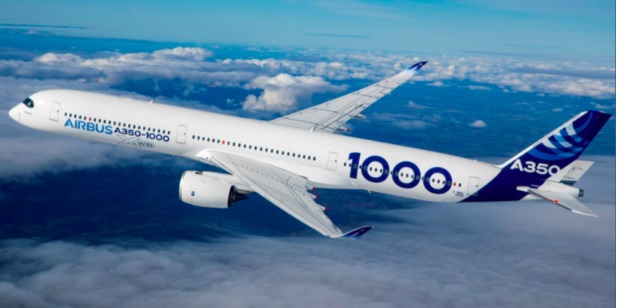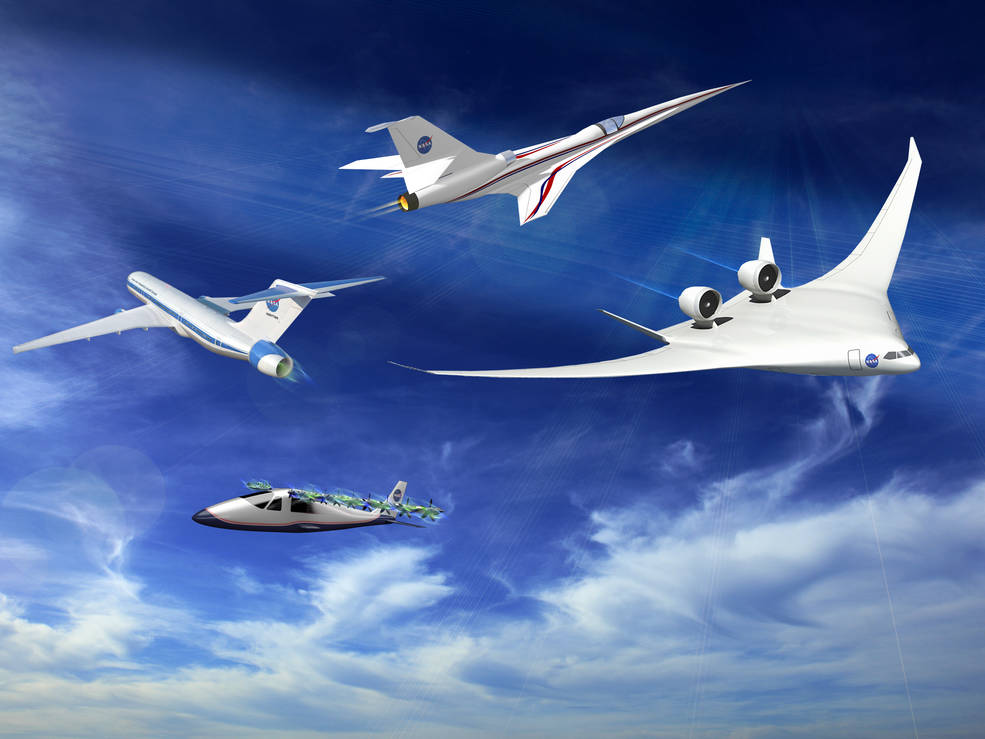The future of aviation looks great. The ICAO recently forecasts that “the demand for air transport will increase by an average of 4.3% per annum over the next 20 years”. The agency predicts that by the mid-2030s more than 200,000 flights per day will take off and land all over the world. This is wonderful news. However, regulators, air operators and aircraft manufacturers must factor in the greatest threat to our civilizations in this 21st century: climate change. So, how are the airlines, aircraft manufacturers and regulators responding to these concerns? In this article, we expose four engagements taken by the aviation sector to tackle these issues.
In its 77th Annual General Meeting in 2021, IATA recommitted to abate CO2 emissions by 2050. In October 2022, ICAO concerted with IATA, and adopted a Long-Term Aspirational Goal (LTAG) to achieve net-zero CO2 emissions by 2050 at the 41st ICAO Assembly. These recommendations are now aligned with the Paris Agreement (2016) which is net-zero carbon emissions by 2050 to limit the increase in global temperature to less than 1.5º Celsius by 2100.
This represents a colossal challenge since aviation is responsible for around 2.5% of global CO2 emissions, with the vast majority of aircraft powered by jet gasoline.
Here are four actions that our industry will rely upon to tackle the objective of net-zero carbon emissions: (1) renew the global fleet; (2) improve flight and ground operations; (3) use sustainable aviation fuel; and (4) innovate aircraft technology and propulsion.
1. Renew the fleet
The current trouble times — worldwide post-pandemic recovery, global surge in inflation, and Russo-Ukrainian War raging in Europe — might be obstacles, but fleet renewal remains the best short-term option to air operators in order to reduce carbon emissions. It can bring up to 14-20% improvements in fuel burn. Note that only 20% of widebody and narrowbody aircraft constitute new gen airliners.
Notwithstanding the above, the global supply chain will fully recover from the pandemic, inflation rates will decrease and peace will prevail in Europe. Renewing the global fleet represents therefore a most interesting opportunity for air operators, but also for aircraft manufacturing and leasing firms.

2. Improve flight and ground operations
Experts believe that a reduction of up to 12% in CO2 emissions could be achieved if air operators adopt shorter flights in formation at lower altitudes with a continuous descent approach. The implementation of such flight configurations would however require considerate efforts from regulators.
On the ground level, equipment electrification or using clean and renewable energies such as hydrogen to operate vehicles or facilities could also significantly contribute to the reduction of carbon emissions. The principal challenge here mainly relies on battery performance and supply. While battery technologies innovate at an exponential rate every year, there are still major constraints, particularly in respect to weight and power.

3. Use sustainable aviation fuel
Sustainable aviation fuel (commonly referred as “SAF”) is perhaps the most promising short-mid solution to reduce aviation carbon footprint. SAF is predicted by IATA to reduce CO2 emissions by up to 80%.
SAF is a liquid fuel currently used in commercial aviation that can be produced from a number of sources — called feedstock — including waste oil and fats, green and municipal waste and non-food crops. SAF are also synthetically produced via a process that captures carbon directly from the air. It is ‘sustainable’ because the raw feedstock does not compete with food crops or water supplies, or is responsible for forest degradation.
The advantage with SAF is that it may be used with existing airport infrastructure and with limited modifications of aircraft and engine systems.
There is an inconvenient. SAF costs too much. SAF are 3 to 5 times more expensive than Jet A1. SAF consists only 0.1% of today’s total aviation fuel consumption. To be widely successful, the market must increase SAF production to reduce its price and encourage air operators to use this fuel.

4. Innovate aircraft technology and propulsion
This last action is perhaps the most complex and time consuming; constituting the mid-to-long term avenue: innovation. By innovation, one includes aerodynamic optimization, new airframe shapes, new material and composites for the fuselage and wings, as well as new propulsion technologies (liquid hydrogen combustion, batteries, fuel cells and hybrid-electric).
When added, all these modifications could substantially reduce CO2 emissions, but are subject to lengthy certification processes by regulators. In my opinion, so far, the most impactful and promising innovations in commercial aviation are probably (1) the integration of composites and other complex material to the airframe, and (2) hybrid-electric propulsion.
For instance, in respect to the material, with the lowest specific weight already account for more than 50% of the weight for both 787s and A350s compared to 1 to 2% for 747s and 10% for 777s. As for the hybrid electric propulsion, Pratt & Whitney is already developing a complex engine system with a Switzerland-based battery company named H55 after the governments of Canada and Quebec committed to contributing about half of a C$163 million investment in the hybrid-electric propulsion technology. This engine system will be affixed on a Dash 8-100 scheduled to begin ground testing late in 2023, and fly in 2024.


